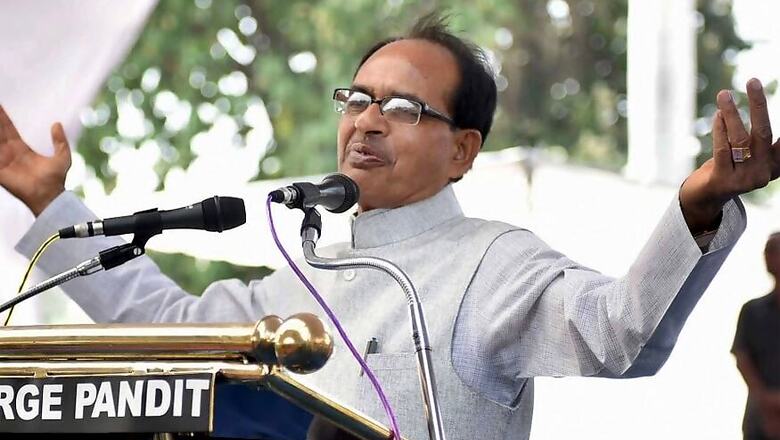
views
Bhopal: The Madhya Pradesh Assembly has been witnessing a steady decline in the number of sittings every year, a trend for which the Opposition Congress has blamed the BJP government in the state.
The Assembly is barely having an average of 30 days of sittings every year in the past one-and-a-half decades. Assembly Speaker Sitasaran Sharma is concerned about this trend, for which he has mainly blamed disruptions in the House, and called for course correction.
"The declining number of sittings is truly a matter of concern," he told PTI. The Congress, however, has blamed the government for the drop in sittings, saying the ruling dispensation appears unwilling to face Opposition questions in the House and this often leads to curtailment in days for legislative work.
Official data suggests sittings of the Assembly have been gradually dropping in the past three decades. On an average, 30-31 sittings were held every year in the past 15 years.
According to the data available on the Vidhan Sabha website, in the last 15 years of the BJP rule, the first term of the government - between 2003 and 2008 - witnessed just 158 days of Assembly sittings. The second term - between 2008 and 2013 - saw 167 meetings.
In the third term (2013-1018), 134 Assembly meetings had been organised and one more session (monsoon) is left before the state faces polls in November-December. "The number of sittings has come down due to different reasons. It is often seen the Assembly is forced to adjourn sine die well ahead of the schedule due to ruckus. The recent budget session also ended (on March 21) seven days ahead of the schedule due to this reason," Sharma said.
He said MLAs and the common people at large have started believing that uproar in the Assembly would bring publicity to lawmakers. "There is a need to change this perception. MLAs and
people at large think commotion in the House would get their work done and also bring publicity to elected representatives. But, the truth is different, public welfare is associated with
constructive discussion on issues of importance."
Sharma said, "We need to create public pressure on elected representatives to change this. An elected person should work only under pressure from public. We will hold seminars to discuss this important issue."
The Speaker said the Assembly sittings would have increased to 42-45 per year had MLAs avoided ruckus and instead opted to discuss issues of public importance. According to another set of data, under the Congress government from 1993 to 1998, the Assembly had 282 sittings which marginally increased to 288 in its second term (1998 to 2003).
Leader of Opposition Ajay Singh of the Congress has squarely blamed the BJP government for the prevailing situation. "During the Congress government, the number of Assembly meetings was almost twice to what we have under the BJP regime. The BJP has never been interested in allowing discussion on issues that may cause difficulty for the government," said the veteran legislator.
In January 2016, a resolution was passed at the 78th Conference of Presiding Officers of Legislative Bodies at Ahmadabad on minimum number of House sittings. According to the resolution, big states should have at least 60 sittings and small states 30 meetings of the legislature in a year.
Participating in the conference, Lok Sabha Speaker Sumitra Mahajan had said a similar resolution was passed in 2001 stipulating that Parliament should have a minimum of 110 sittings in a year and legislatures of big states 90 days.



















Comments
0 comment